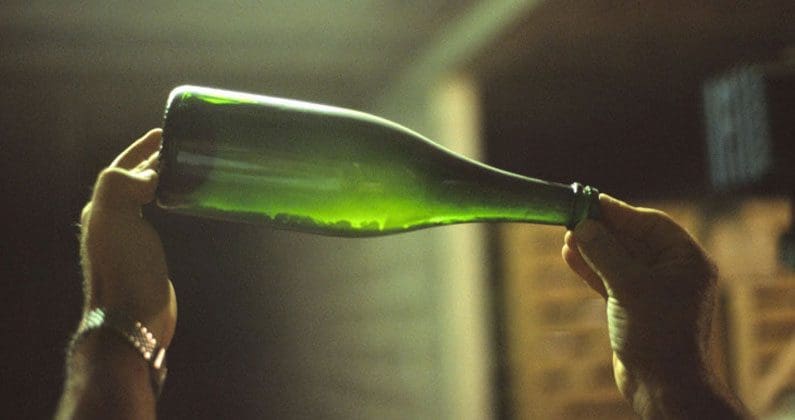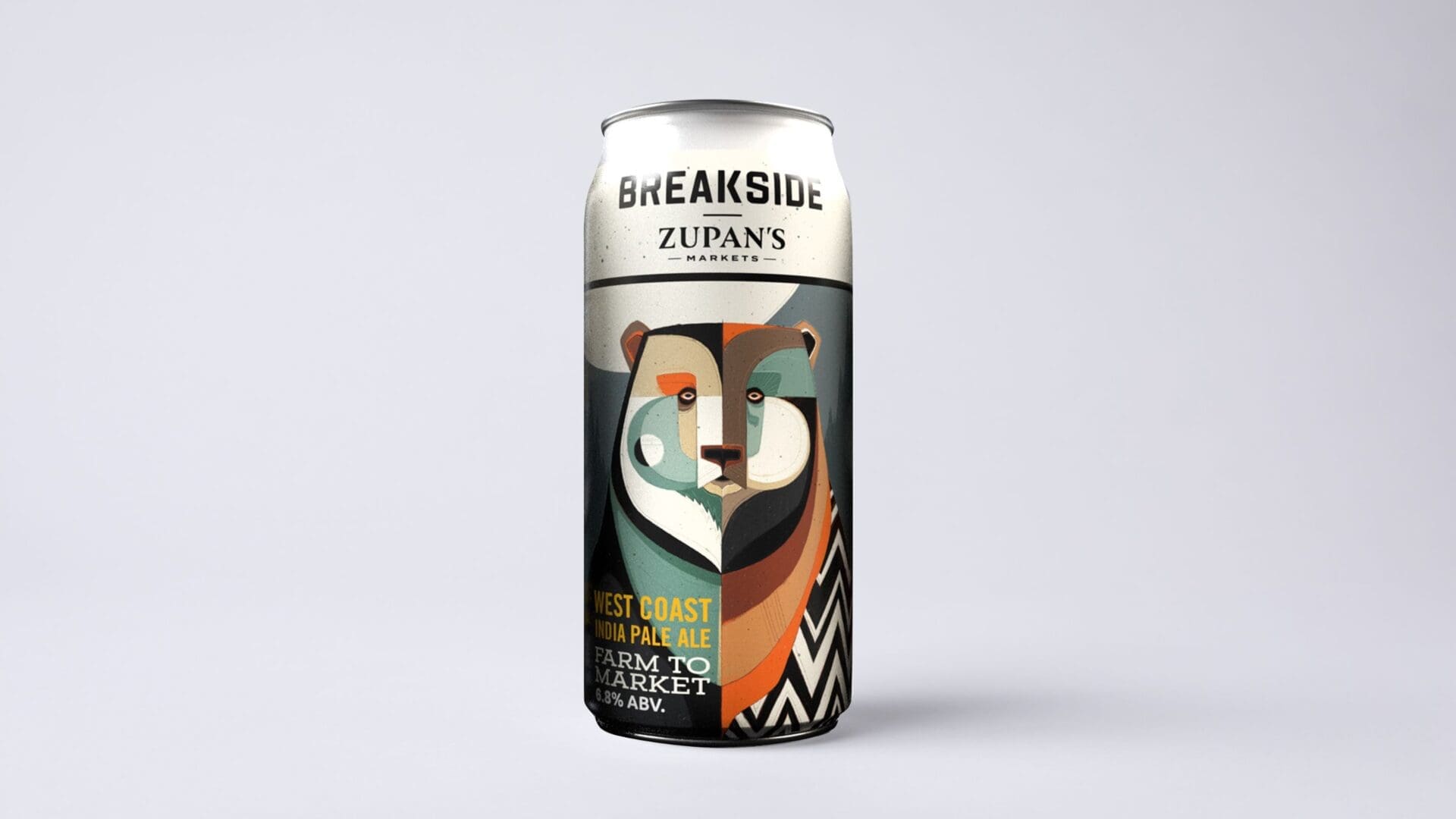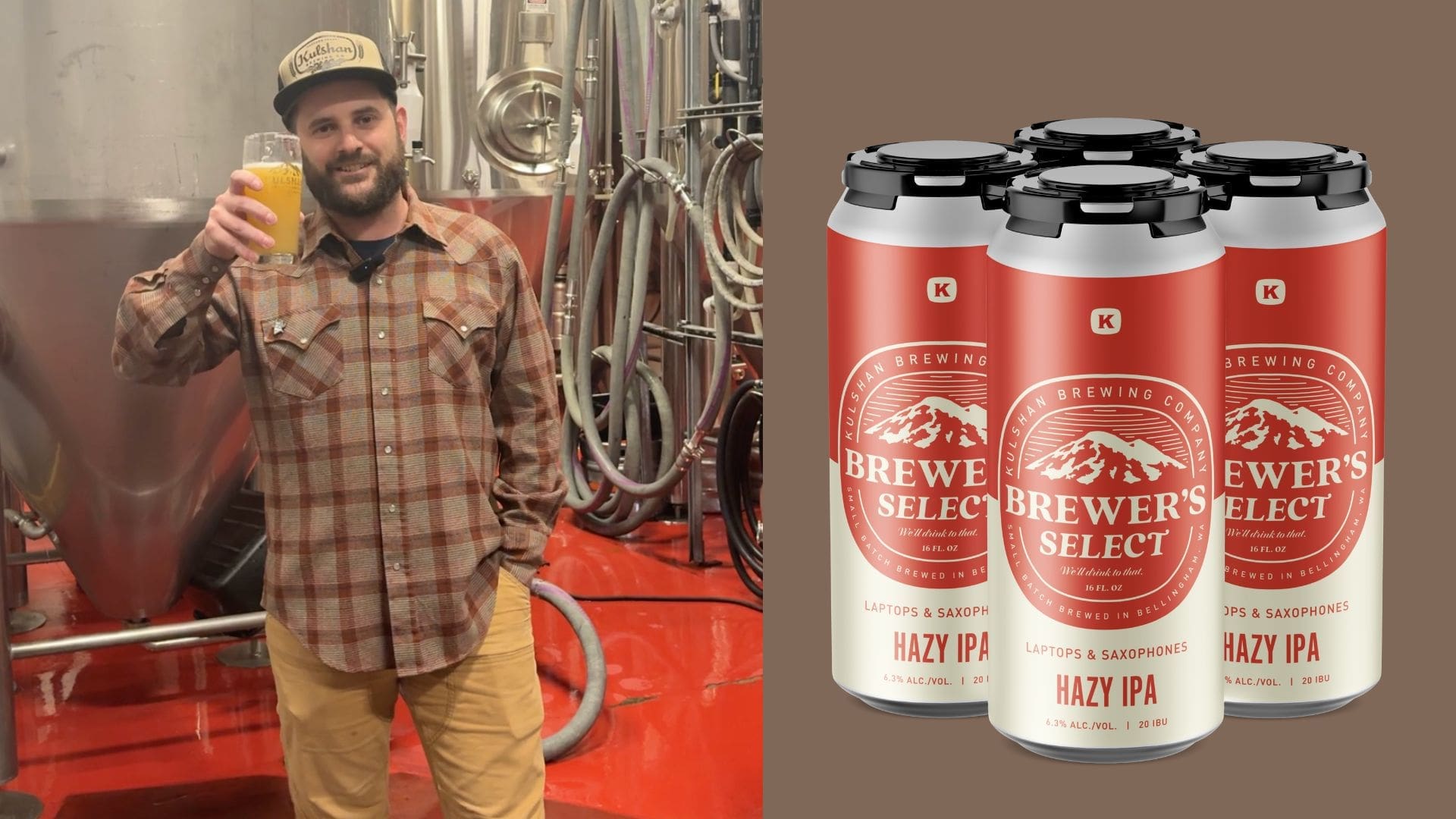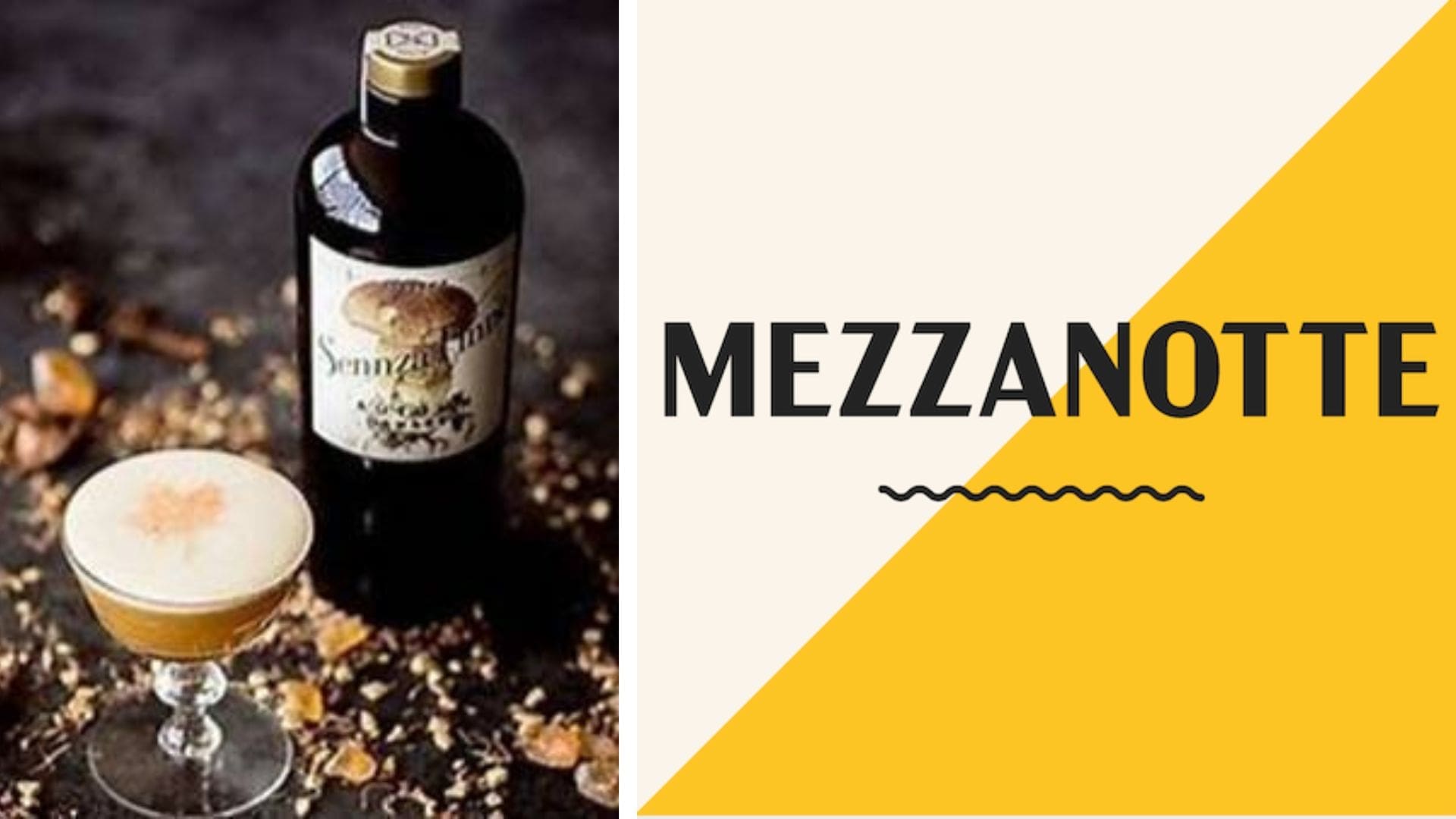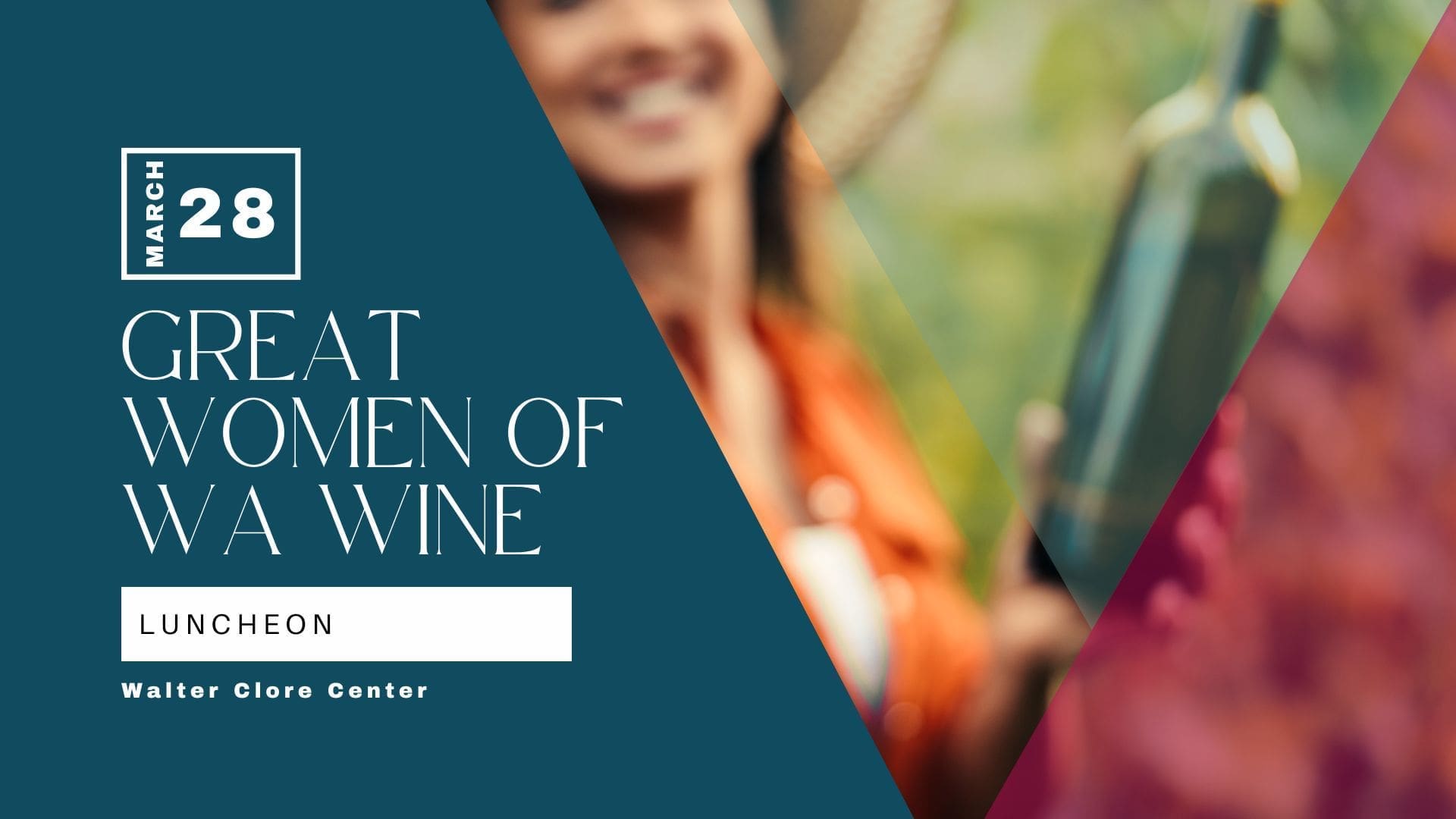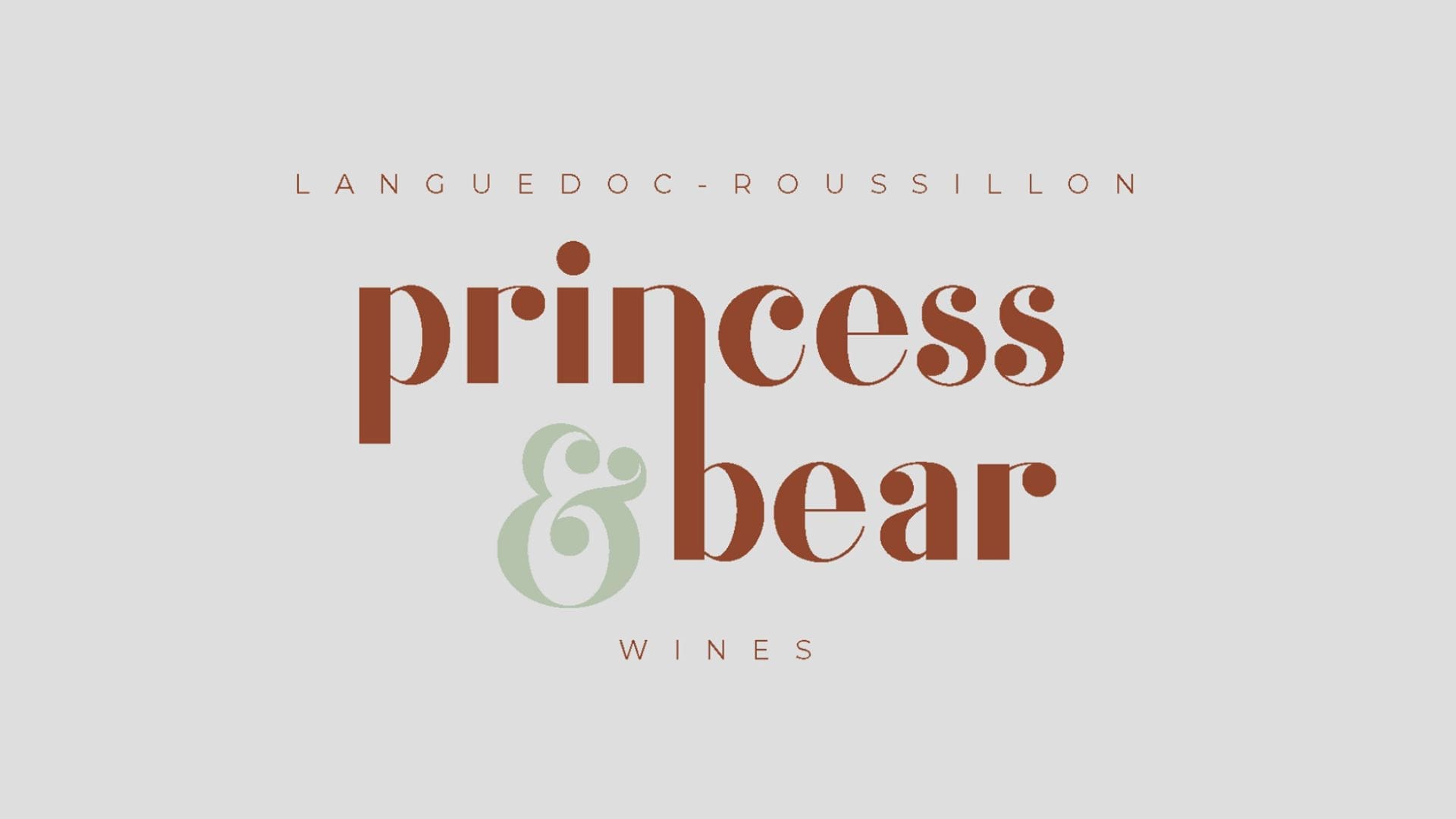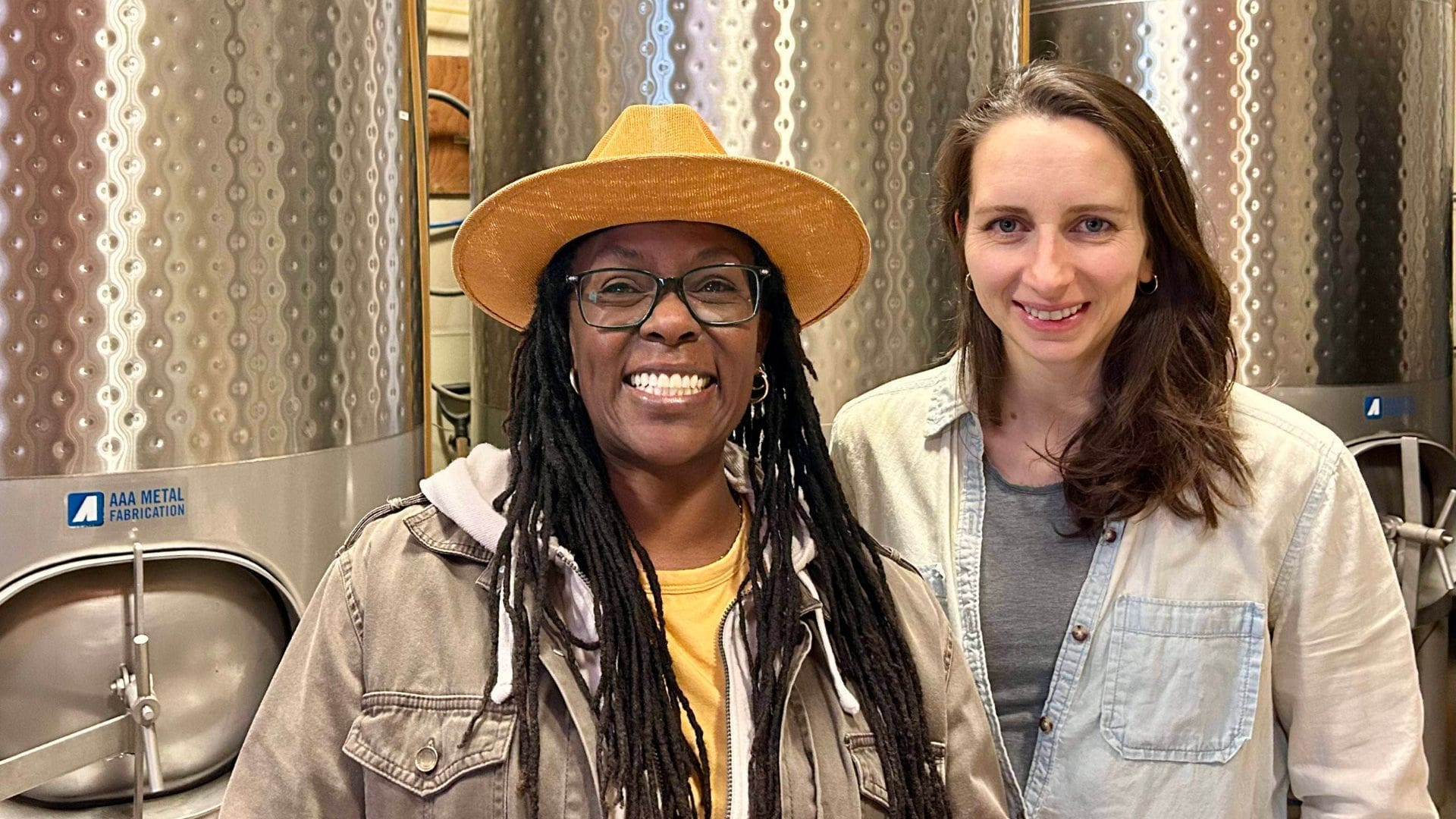Cider, beer and sparkling wine. These are all beverages that can be carbonated through “bottle conditioning.” You might have heard the term thrown around at a few tastings. And maybe you had no clue what it meant, but still nodded agreeably. Drink on – we have your answers here.
There’s two methods that producers use to carbonate: force carbonation and bottle conditioning. But what’s the difference? Sure, both add inviting effervescence to your drink, but they differ in method, texture and overall flavor.
Through forced carbonation, carbon dioxide is directly injected into the still beverage until the desired level of carbonation is reached. Though forced carbonation is widely-used in the beverage industry, bottle conditioning is the original, natural and low-tech method used to aerate your beverage.
There are four ingredients used when bottle conditioning: yeast, priming sugar, temperature and time. Think about it as “re-fermenting” inside the bottle. Producers add sugar to the still or under-carbonated beverage and bottle it, letting it rest and work its magic. This encourages the leftover yeast inside the bottle to feed off the sugars to produce natural carbonation that stays in the bottle, naturally saturating in the beverage.
Bottle conditioning is truly a unique and intricate form of fermentation. This traditional process requires more time, but producers and drinkers certainly reap the reward once the bottle is opened. Bottle conditioned beverages age well and hold a longer shelf life. The technique also adds more esters to the flavor profile, resulting in a beverage boasting well-rounded taste and intriguing aroma.
There are plenty of commercial examples to evaluate and enjoy, but we’re partial to the Pacific Northwest. Try and sample some great, local picks like The Hart at Holy Mountain Brewing, the 2014 Méthode Champenoise Brut by Willamette Valley Vineyards or Pirate’s Plank at Alpenfire Cider.

